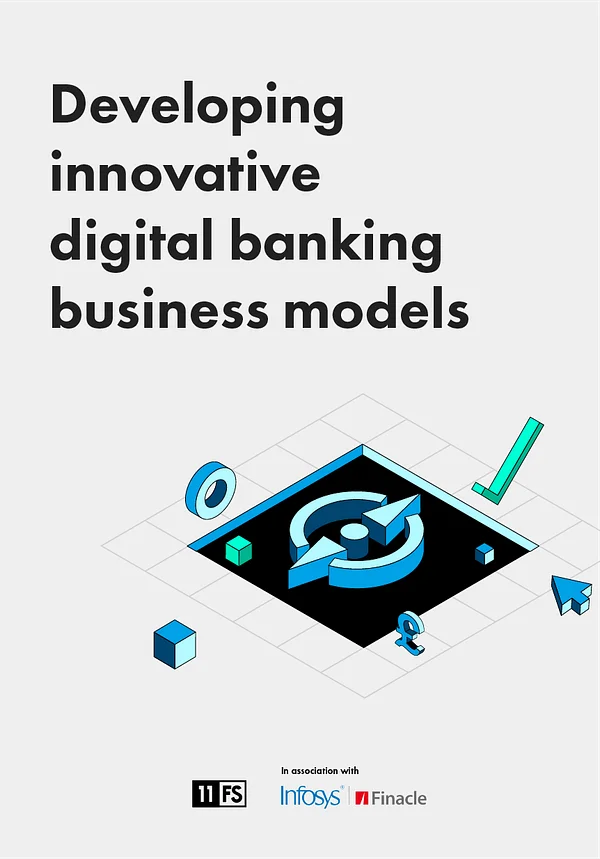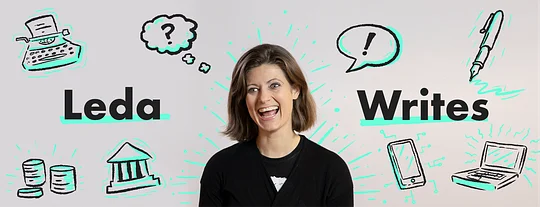Every Thursday, Leda Glyptis, 11:FS Chief of Staff creates #LedaWrites. This week, her thoughts turn to digital and whether opportunism will trump the art of the possible
You know that LinkedIn message you receive out of the blue, either through InMail or a new connection? Or the email you receive on the back of a conference announcing its delegate list? Or the barrage of emails you get by virtue of your company having email addresses that are way too easy to guess?
The email is usually formulaic and short.
Hello [Insert Name Here]! It says.
We are a digital something or other and sell digital services for your delectation.
We may be a start-up.
A revarnished body shop or a subsidiary of an analogue giant.
It is evident no research has gone into who gets sent the message. No matter: it’s a numbers game and you’ve been chosen to be a witless target.
If you are like me, you delete those without thinking.
That’s not actually true.
Whatever else you may think of it, this strategy is all about persistence and your resistance.
In fact, you delete them thinking that it is sad someone sits at a desk all day sending irrelevant emails to irrelevant people and loosely wonder whether they get enough business back to warrant continuing this carpet bombing, by human means or bot. And why and how can they think they can get away with peddling intelligent digital services and personalised design in the most impersonal, unsophisticated way possible and not get called out or at least see the irony.
I wish I could be in one of their sales meetings, seriously. Where they agree on a sales approach appropriate to their brand, business targets and sales ethos, sign off on it and implement against KPIs and conversion targets. Someone somewhere came up with this as a good idea and someone else went “you know what, Kyle, this will work, bro”.
Whatever else you may think of it, this strategy is all about persistence and your resistance.
You need to do some research, do some work, give people a reason to respond by targeting them for their needs, position and organisational function and by curating your message to show that you have done that work and chose to reach out to them despite not knowing them because you feel you have something specific they may want to hear.
Cold calling works. Assuming you do a little bit of legwork.
And yet.
Could I be totally wrong about this?
If this blanket carpet bombing keeps happening, it means it works enough times to make sense to keep doing it. Be it badly paid humans sitting in a low-rent office, in a minimum wage town or bots churning out nonsensical messaging, if it keeps happening (and it does keep happening) then it will work enough to justify spending the money on still doing it.
In which case the industry is in more dire need of reform than even I thought.
Read the whole story at Fintech Futures.





.svg)
.svg)






